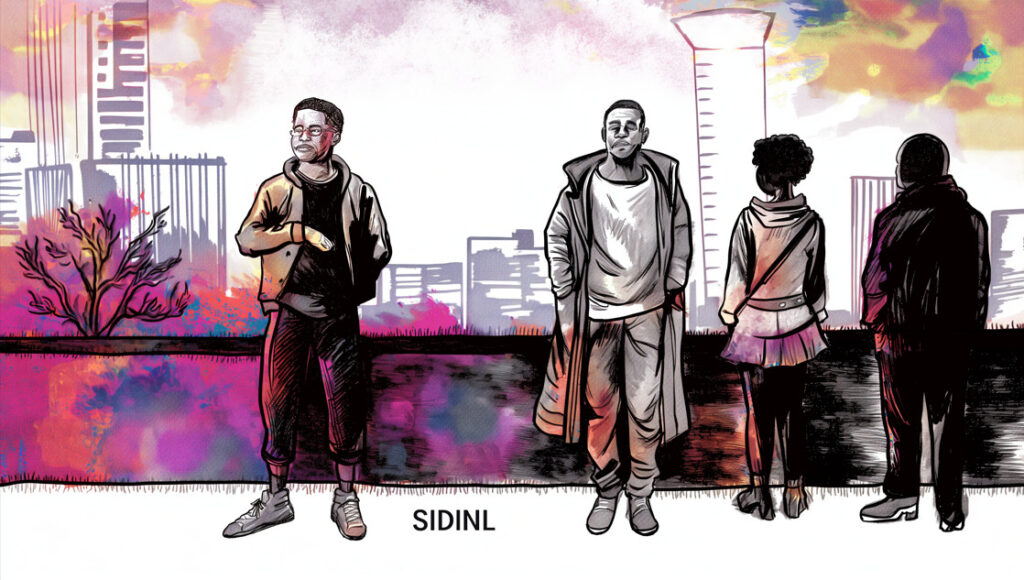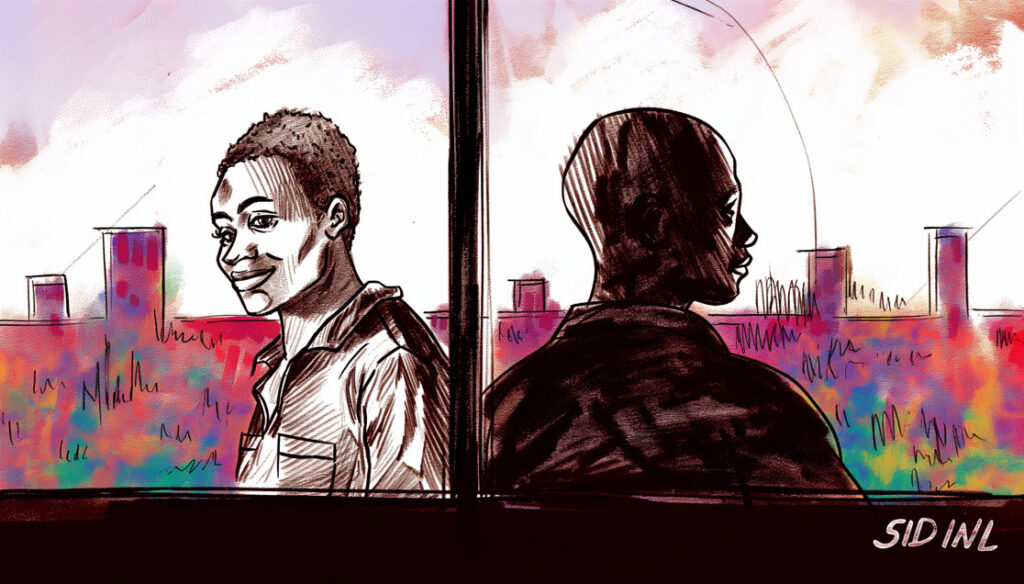Trauma
Newsletters serve as a vital conduit for marginalized stories of trauma from local African communities, bringing these often overlooked narratives to the attention of an engaged external audience. By prioritizing the raw and unfiltered accounts of trauma, SIDINL ensures that these stories are told authentically, shedding light on the profound and varied impacts of traumatic experiences. This initiative captures trauma in its many forms, offering a comprehensive and empathetic view of the hardships faced by marginalized individuals.

Diverse Approaches to Illustrating Trauma
SIDINL Newsletters explore trauma through various lenses, including sexual trauma, trauma of human loss, trauma of conflicts, and other forms of suffering. This approach allows for a deeper understanding of the complex and pervasive nature of trauma within African communities.
Sexual Trauma
In South Africa, newsletters documented the harrowing experiences of women and children who have survived sexual violence. These stories, often silenced by societal stigma, provide an unflinching look at the long-term psychological and physical impacts of sexual trauma. The narratives also highlight the resilience and strength of survivors, as well as the community efforts to provide support and healing.
In Uganda, newsletters shared powerful and rarely told stories of male survivors of sexual violence in conflict zones. These newsletters highlighted the stigma and silence surrounding male sexual trauma, offering firsthand accounts of the shame, isolation, and psychological distress experienced by survivors. By bringing these stories to light, the curator aimed to challenge societal taboos and advocate for more inclusive support systems for all survivors of sexual violence.
Trauma of Human Loss
In Nigeria, a series of newsletters in the northern region focused on the devastating impact of local insurgencies. Personal accounts from families who have lost loved ones in attacks, kidnappings, and displacements illustrate the profound grief and enduring pain of human loss. These stories emphasize the need for continued support and awareness to help affected communities rebuild their lives.
Trauma of Conflicts
Newsletters from the Democratic Republic of Congo described the trauma experienced by individuals in conflict zones. These stories included vivid descriptions of the fear, displacement, and violence that define daily life in war-torn areas. By presenting these narratives, the curator aimed to humanize the statistics of conflict and provide a platform for voices that are often drowned out by the chaos of war.
Environmental Trauma
In Kenya, a newsletter highlighted the trauma induced by environmental degradation and climate change. Stories from rural communities facing severe droughts and floods depict the emotional and economic toll of losing homes, livestock, and livelihoods. These newsletters call attention to the urgent need for environmental action and support for affected populations.
Trauma of Displacement
In Ethiopia, newsletters in the Tigray region focused on the trauma of displacement due to ethnic conflicts. Personal stories from displaced persons living in refugee camps reveal the struggles of adapting to new, often harsh environments while coping with the loss of their homes and communities. These accounts underscore the ongoing humanitarian crisis and the resilience of those affected.
Cultural Trauma
In Rwanda, stories shared about the trauma associated with cultural loss and the aftermath of the genocide. The newsletters explored the long-term psychological effects on survivors and the efforts to preserve cultural identity amidst collective trauma. These narratives provide a poignant reminder of the importance of cultural continuity in the healing process.
In Cameroon, newsletters highlighted the cultural trauma faced by artists who are marginalized or even censored. The newsletters documented the struggles of local artists whose work is often suppressed due to political and social constraints. These stories reveal the emotional and cultural toll of not being able to express their art freely, impacting both their personal well-being and the cultural richness of their communities. This cultural trauma underscores the broader issues of freedom of expression and the preservation of artistic heritage.
Giving Voice to the Marginalized
One of the core objectives is to give voice to the most marginalized members of society. By communicating these stories of trauma directly to an external audience, the initiative seeks to raise awareness and foster a deeper understanding of the issues faced by these communities. The newsletters serve as a conduit for marginalized voices to be heard, ensuring that their experiences and perspectives are not overlooked or misrepresented.

Conclusion
In conclusion, the SIDINL Newsletters initiative effectively amplifies the marginal stories of trauma, presenting unfiltered and honest reflections of various forms of trauma experienced across African communities. By prioritizing the perspectives of local curators and ensuring that their narratives are shared on equal terms, SIDINL provides a powerful platform for the most marginalized to be heard by an international audience. This commitment to authenticity and equality not only enriches the understanding of global audiences but also empowers local communities to share their truths and advocate for change.